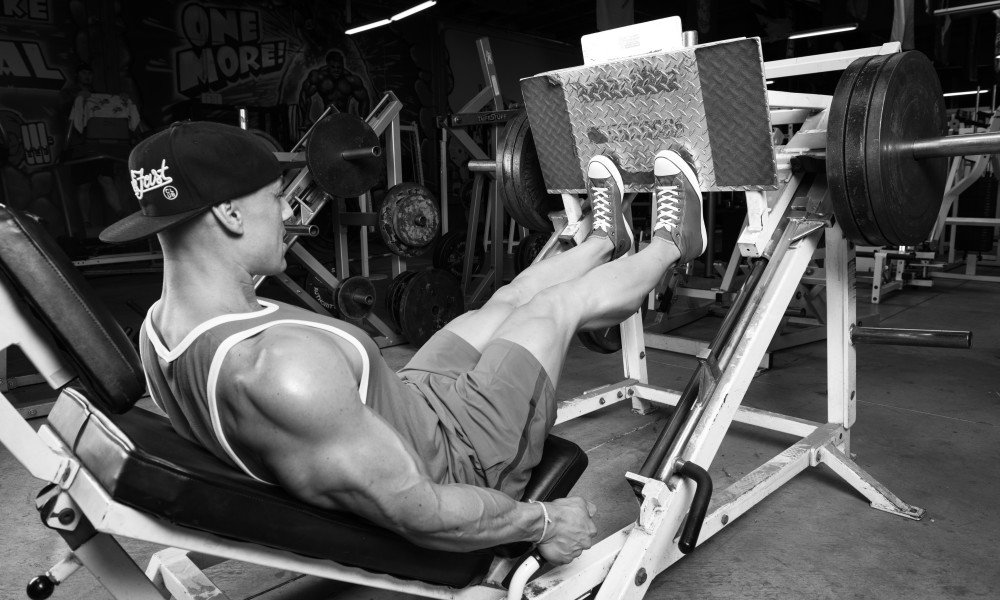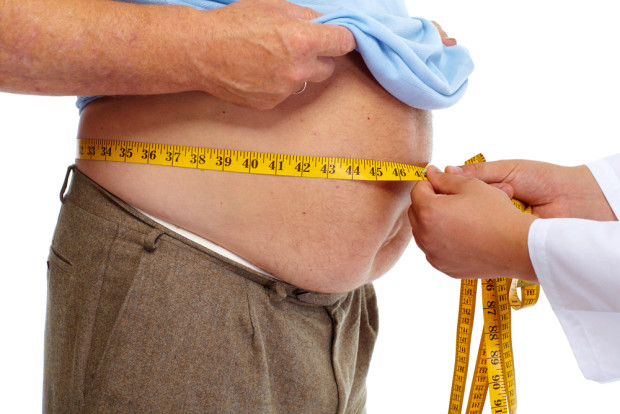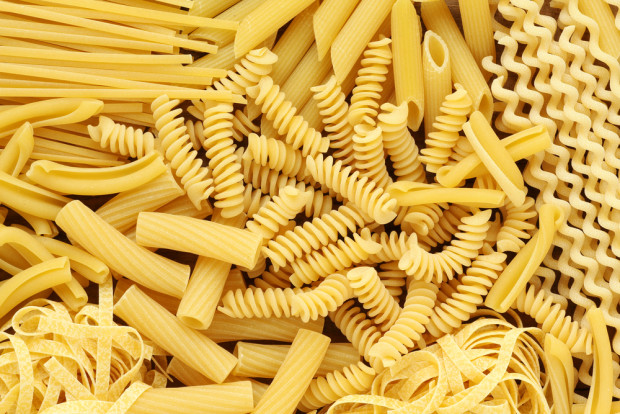

Any athletes who are interested in getting stronger to become more proficient in their chosen sport or sports understand the importance of having strong calves. Yet many assume they can accomplish that through all the running and jumping they do when they practice and compete. So when they weight train, they only work the larger muscles of their legs and neglect the smaller groups. In many instances, however, it’s the smaller muscles that make the difference between achieving at a higher level and mediocrity.
Soccer is a good example. Seldom do soccer players bother doing any specialized exercises for their calves. They reason that all the running they do is more than enough to keep them plenty strong. That’s true, up to a point. One of the most valuable skills in that sport is heading the ball. In order to gain the advantage over an opponent, you must be able to outjump him or her. The ability to leap high is directly dependent on leg strength, and it’s the calves that provide the extra few inches of jump height.
Many sports rely heavily on strong calves. Basketball and volleyball are the two most obvious, along with the long jump and high jump. In swimming, calves are responsible for getting a powerful start off the blocks and when making turns. The tennis players who can jump high and move around the court more quickly have a definite advantage. Strong calves are assets in football, baseball, lacrosse, all the throwing events and the pole vault.
They are also critical to strength athletes who include dynamic movements in their programs as well as those who compete in Olympic weightlifting and powerlifting. When doing explosive lifts—power cleans, power snatches, full snatches, full cleans and push or split jerks—you must extend high on your toes for a strong finish. Stronger calves, stronger finish.
Powerlifters usually avoid doing any specific calf exercises. As they don’t have to extend high on their toes for any of the three contested lifts, they conclude that there isn’t any reason to spend time working their calves directly.
What they fail to understand is that they need strong calves to establish a solid foundation for every exercise done while standing, including squats and deadlifts. I’ve convinced a number of powerlifters to add calf raises to their routines, and to their delight and surprise, they increased their deadlifts by as much as 20 pounds in a month.
We use our calves every day in a wide range of activities, from walking and climbing stairs to a pickup game of basketball and lifting weights. We tend to take them for granted. That is, until we injure one or both of them. Then we suddenly realize how much we depend on them for all physical activities.
It’s important to understand the anatomy of the calf muscles in order to set up a strength program for them. There are two groups that make up the calves: the gastrocnemius and the soleus. The gastrocnemius is the larger of the two and the one most associated with the calf. It has an inner and outer head and when developed, gives the back of the lower leg a pleasing, round shape. The gastrocnemius originates above the knee at the condyles of the femur, which is the thighbone, and extends downward to help form the Achilles tendon.
The soleus is smaller and less well known than its bigger brother, but it’s equally as important to overall calf strength. It lies directly behind the gastrocnemius, originates below the knee at the posterior surfaces of the tibia and fibula, the two bones of the lower leg, and extends downward also to become part of the Achilles tendon.
The two muscles work in concert, not independent of one another, forming a functional unit called the triceps surae. Even so, the key to strengthening the calves is to know they have to be worked differently because of their places of origin. The gastrocnemius is only worked effectively when the knees are locked, so you need to exercise the gastrocs on a standing calf machine.
In contrast, the soleus is only worked when the knees are bent, so you must exercise them on the seated calf machine. In other words, if you really want your calves to get considerably stronger, you must do both forms of calf raises.
One thing that’s critical for everyone about doing calf raises: You have to push them to the extreme. Staying in the comfort zone just doesn’t get it done. That’s because the calves are weight-bearing muscles, so you have to work them strenuously to get them to respond.
The program that I’ve used for years and give to my athletes is one I learned from bodybuilders at the Muscle Beach Gym in Santa Monica in the early ’70s. A warmup set followed by three sets of 30 reps. These are done in quick fashion with stretching after every set.
The first time I did the program, I couldn’t walk properly for a week and knew I’d found a good one.
The amount of weight you use for the work sets depends on your strength level, but the rule for calf raises is the same for everyone. When you get to the 20th rep, your calves should be screaming for you to stop. You must ignore them and knock out 10 more. That’s how you get your calves to grow and become much stronger. You must abuse them.
The warmup set should be done with a moderate weight to prepare the muscles for the upcoming demanding sets.
Form is critical. You must do each and every rep precisely. Both up and down movements need to be full-range and done in a smooth, rhythmic manner. No herky-jerky movements or rebounding out of the bottom. Keep in mind that when you do standing calf raises, you must keep your knees locked. Otherwise, you’re defeating the purpose of the exercise.
I’ve watched some show-offs who stacked as many plates as possible on the machine, often with some added to the top, and proceeded to do a set of what appeared to be quarter squats. If they wanted to work their quads, they would be better off just squatting or using the leg press.
Some also cheat on the seated calf machine. They pull with all their might on the handles to help them when the going gets tough. That’s counterproductive. If you want your calves to get bigger and stronger, make the target muscle do all the work.
Be absolutely sure to stretch your calves immediately after each set—and that includes the warmup. Stretching more at night after a calf workout is also a smart idea. Another note: Always do calf raises at the very end of your program. After a calf workout avoid any running or jumping. Before the workout is fine; after is not.
One final idea to help you maximize your gains. Change your foot positions on each set. Do your exercises with toes straight forward, toes outward and toes inward. The slight variation enables you to hit all parts of the muscles and results in more complete development.
How often athletes do calf raises depends on what they’re trying to accomplish and how important the calves are in their sport. During the off-season basketball and volleyball players can benefit from doing calf raises three times a week. In season once or twice a week is enough. Calves are like abs, they can take a great deal of work. If your calves are not sore the day after you train them, you didn’t work them hard enough. The often-used maxim “No pain, no gain” really does hold true when it comes to training calves. —Bill Starr
Editor’s note: Bill Starr was a strength and conditioning coach at Johns Hopkins University from 1989 to 2000. He’s the author of The Strongest Shall Survive—Strength Training for Football, which is available for $20 plus shipping from Home Gym Warehouse. Call (800) 447-0008, or visit www.Home-Gym.com.






















You must be logged in to post a comment Login